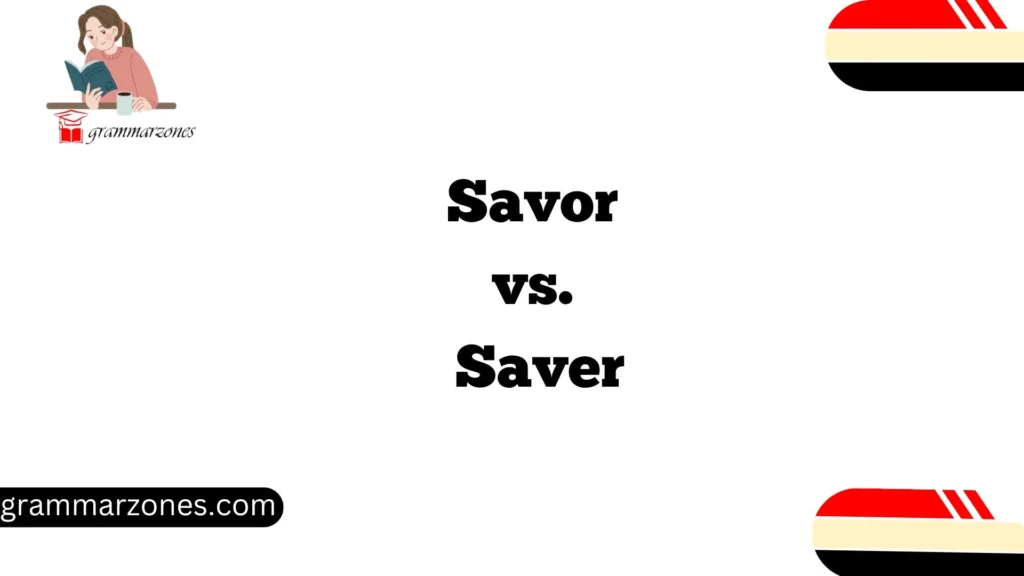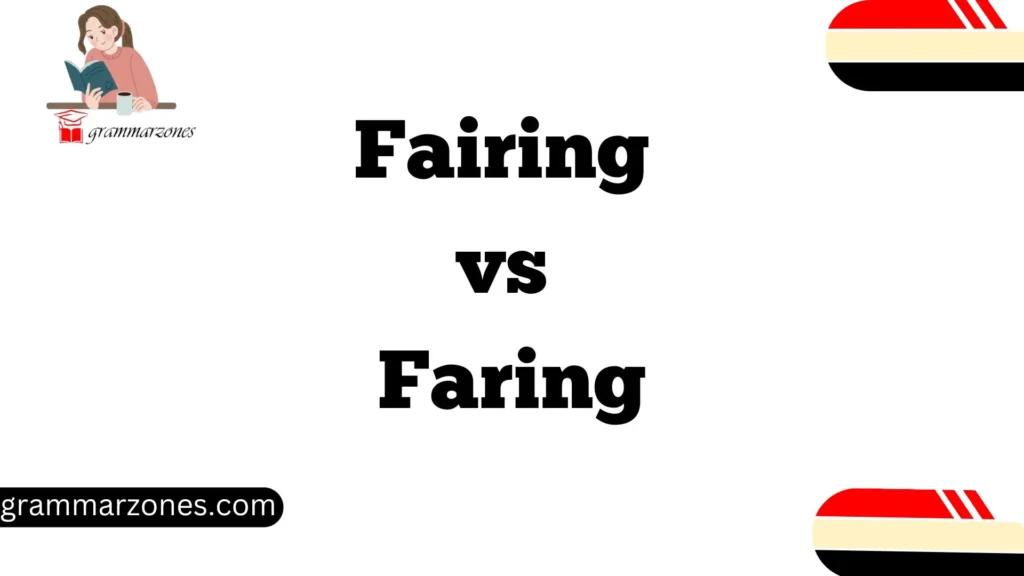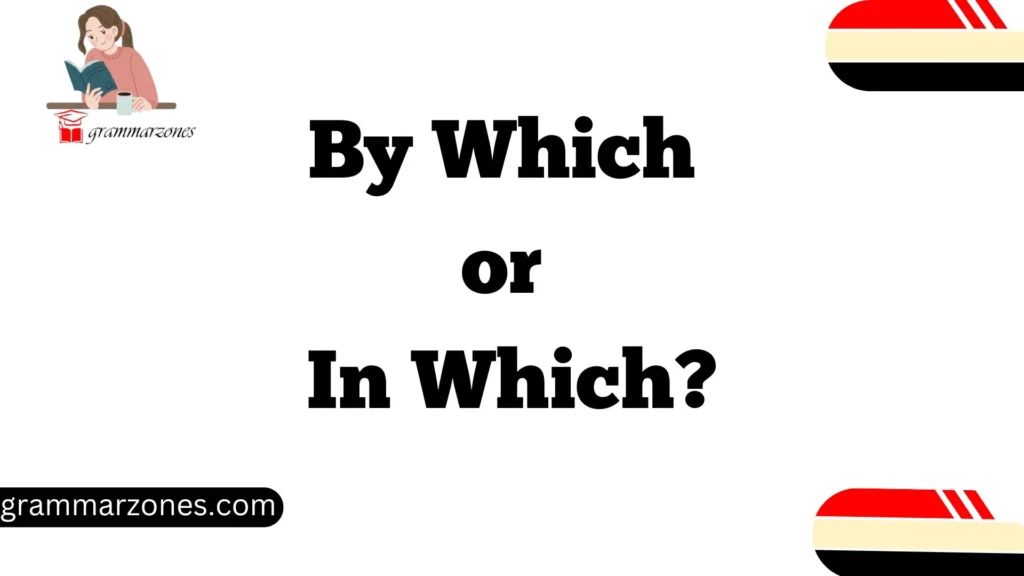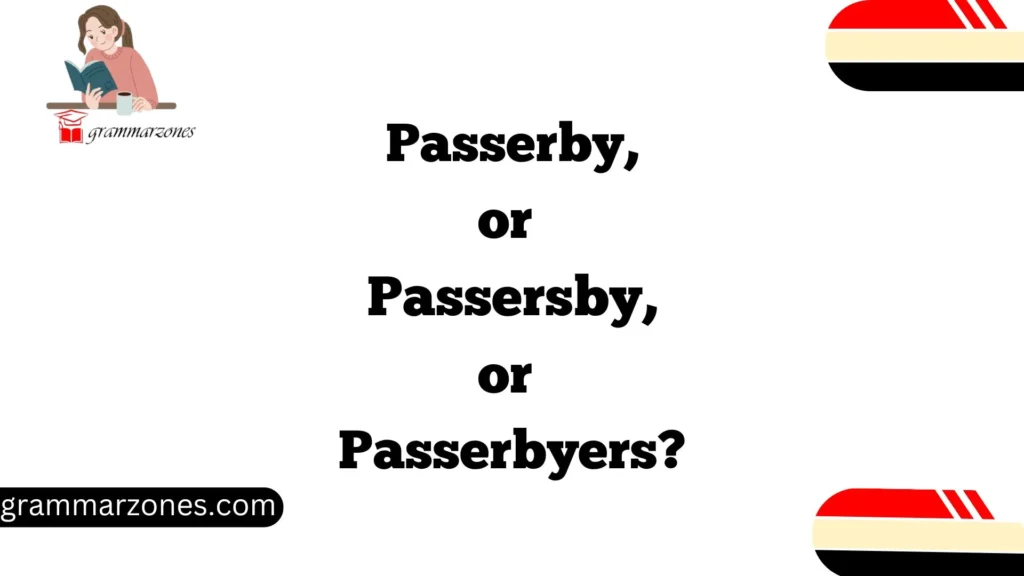Homophones, words that sound the same but have different meanings and spellings, can easily cause confusion. One such pair that trips up many writers and speakers is savor vs. saver. While they might sound identical, they serve very different purposes in the English language.
Understanding the key differences between them is essential to ensure you’re using the right word in the right context.
In this article, we’ll break down the definitions, proper usage, and common mistakes people make with these two words.
By the end, you’ll have a solid understanding of when to use savor and when to use saver, making your writing clearer, more accurate, and free from common errors.
Quick Answer: Savor vs. Saver at a Glance
Let’s start with a quick comparison to give you an instant overview of savor and saver. This will help you see the key differences at a glance, making it easier to distinguish between the two.
| Word | Part of Speech | Meaning | Example Sentence |
| Savor | Verb / Noun | To enjoy something deeply; taste or appreciate | She savored every bite of the dessert. |
| Saver | Noun | A person who saves (money, resources, etc.) | He’s a smart saver who plans for retirement. |
While they may sound identical, the way you use them in sentences will differ greatly. Let’s dive deeper into each one.
What “Savor” Really Means
Savor as a Verb
The verb savor is all about enjoying something to the fullest. Whether you’re tasting food, experiencing a moment, or even relishing a feeling, to savor means to fully appreciate it.
It’s often used to describe a slow, thoughtful enjoyment of something—like the way you would savor a meal or an experience.
- Example: “He paused to savor the fresh air after a long journey.”
- Example: “I always savor the first cup of coffee in the morning.”
The idea behind savoring something is not just about consuming it but truly taking the time to enjoy every part of the experience. This makes savor a word filled with mindfulness and pleasure.
Savor as a Noun
As a noun, savor refers to the distinctive taste or smell of something. It can also be used metaphorically to describe the essence of an experience or feeling.
- Example: “The savor of the spices lingered long after the meal.”
- Example: “The savor of nostalgia filled the room as they looked at old photos.”
In this context, savor focuses on the unique characteristic of something that gives it its distinctiveness, often linked to food or memorable experiences.
Emotional Connotations of “Savor”
Often, when we say someone is savoring something, it implies an emotional connection. It’s not just about taste or smell—it’s about experiencing the moment in a deeper, more meaningful way. This makes savor a great word when you want to convey emotion, sentiment, and mindfulness.
What “Saver” Means and How It’s Used
Now, let’s shift to saver. Unlike savor, saver is strictly a noun and is used to describe a person who saves—typically in relation to money, time, or resources.
Definition of Saver
A saver is someone who sets aside or conserves resources. The most common context is financial: a saver is someone who saves money rather than spending it freely. But the term can also extend to time-saving devices or actions.
- Example: “He’s a seasoned saver, always finding ways to cut costs.”
- Example: “This energy-efficient lightbulb is a great saver for your electricity bill.”
Saver can also refer to a tool, strategy, or person that helps conserve something—whether it’s money, time, or energy. When someone is described as a “time saver,” they are often using methods or tools that streamline tasks to reduce the time spent on them.
The Importance of “Saver” in Modern Life
The word saver is often used in contexts where practicality and efficiency are emphasized. As the world becomes faster-paced and more focused on saving resources, terms like saver play a significant role in how we understand economics, technology, and even personal behavior.
Savor vs. Saver: Why the Confusion?
One of the reasons savor and saver are often confused is that they are pronounced the same way. The only difference between them is one letter, making it tricky for many people to remember which one to use in different situations.
This is especially true for fast typers or speakers who may not pay close attention to the spelling.
Savor vs. Saver isn’t just a problem in casual speech—it can also cause issues in formal writing, advertising, and business communications.
Incorrectly using one for the other can result in confusion and mistakes that are easily avoidable with a bit of understanding.
The Role of Context in Avoiding Confusion
One of the best ways to avoid using savor and saver incorrectly is by paying attention to the context. The surrounding words will often provide clues about which word to use.
- If the sentence is about enjoying something or relishing an experience, you’re most likely looking for savor.
- “She took the time to savor the sunset.”
- “She took the time to savor the sunset.”
- If the sentence involves saving or conserving something (like money, time, or energy), saver is the word you want.
- “He’s a smart saver who always looks for good deals.”
- “He’s a smart saver who always looks for good deals.”
When to Use Savor and When to Use Saver
Understanding when to use savor and saver comes down to two key questions:
- Are you describing someone enjoying or appreciating something deeply? Use savor.
- Are you talking about someone who saves something or a tool that helps save something? Use saver.
Savor
Use savor when:
- Describing an experience or food that’s being appreciated or enjoyed.
- Talking about deep enjoyment or an emotional connection to something.
- Describing a smell or taste.
Examples:
- “We spent the evening savoring the best wine.”
- “Take a moment to savor the silence.”
Saver
Use saver when:
- Referring to someone who saves something, such as money or resources.
- Talking about devices, tools, or methods that help conserve resources.
Examples:
- “She’s a big saver when it comes to cutting down on grocery bills.”
- “This new app is a huge time saver.”
Common Mistakes to Avoid
Even with a clear understanding of the difference, it’s still easy to slip up with savor and saver. Here are some of the most common mistakes to watch out for:
- Using “Savor” When You Mean “Saver”: This happens when people mistakenly describe someone who saves money or resources as a “savor” instead of a “saver.”
- Incorrect: “He’s a real savor of money.”
- Correct: “He’s a real saver of money.”
- Incorrect: “He’s a real savor of money.”
- Using “Saver” in Descriptions of Enjoyment: Don’t call someone who enjoys something a “saver.” This is a common error when people are thinking of enjoying an experience but accidentally use the wrong word.
- Incorrect: “I love to be a savor of the good times.”
- Correct: “I love to savor the good times.”
- Incorrect: “I love to be a savor of the good times.”
Visual Memory Aids
To help solidify the difference between savor and saver, visual aids and mnemonics can be incredibly helpful. Here are some examples that can serve as quick reminders:
- Savor = Slowly Appreciate VORaciously (think: eating slowly and appreciating the taste).
- Saver = Save + -er (the person who saves something, like money or time).
Visual Comparison
You could also imagine the following:
- Savor: A person sitting down to enjoy a cup of coffee, relishing each sip.
- Saver: A person holding a coupon, excited about saving money on a purchase.
Real-World Quiz: Can You Spot the Correct Word?
Here’s a quick quiz to test your knowledge:
- “She’s a true ___ of every moment she spends with her family.”
- Savor
- Saver
- Savor
- “The new system is a huge ___ for reducing energy consumption.”
- Savor
- Saver
- Savor
(Answers: 1. Savor, 2. Saver)
Conclusion: Mastering Savor vs. Saver
In conclusion, while savor and saver may sound the same, they have distinct meanings and uses. Understanding the difference between these two homophones is crucial for clear and effective communication.
- Savor is about enjoying or appreciating something deeply, often related to experiences or tastes. Whether it’s savoring a cup of coffee or savoring a moment with friends, the focus is on mindfulness and enjoyment.
- Saver, on the other hand, refers to a person or thing that saves something—whether it’s money, time, or resources.
By paying attention to the context of your writing or speaking, you can confidently choose the right word and avoid common mistakes. Always remember, savor is tied to enjoyment, while saver is linked to saving. With this knowledge, you can use both words appropriately and make your communication clearer and more precise.
FAQs
Is “savor” British or American English?
Both savor (American) and savour (British) are correct, but they differ in spelling. The American English spelling drops the “u,” while British English retains it. However, the meanings and usage are the same in both dialects.
Can I use “savor” in a metaphor?
Yes! Savor can easily be used in metaphors to describe the act of deeply appreciating something, not just literally tasting. For example, “She savored every second of the concert” uses savor metaphorically to indicate deeply enjoying the moment.
What’s the plural of “saver”?
The plural of saver is simply savers. It’s used when referring to more than one person or thing that saves something, like “time savers” or “money savers.”
Are “savor” and “saver” ever interchangeable?
No, savor and saver are never interchangeable. They belong to different parts of speech—savor is a verb or noun related to enjoyment, while saver is a noun referring to someone or something that conserves. The context will always dictate which word is appropriate.
How can I remember the difference between savor and saver?
One helpful mnemonic is:
- Savor = Slowly enjoy (think of tasting or enjoying something slowly).
- Saver = Someone who saves (money, time, etc.).
Additionally, you can visualize savoring a meal or moment and a saver as someone holding a piggy bank or a coupon.

“Emma Brooke is an aspiring writer with a passion for mastering the English language. At GrammarZones.com, Emma explores the intricacies of grammar, punctuation, and vocabulary, providing clear and accessible explanations for learners of all levels.






